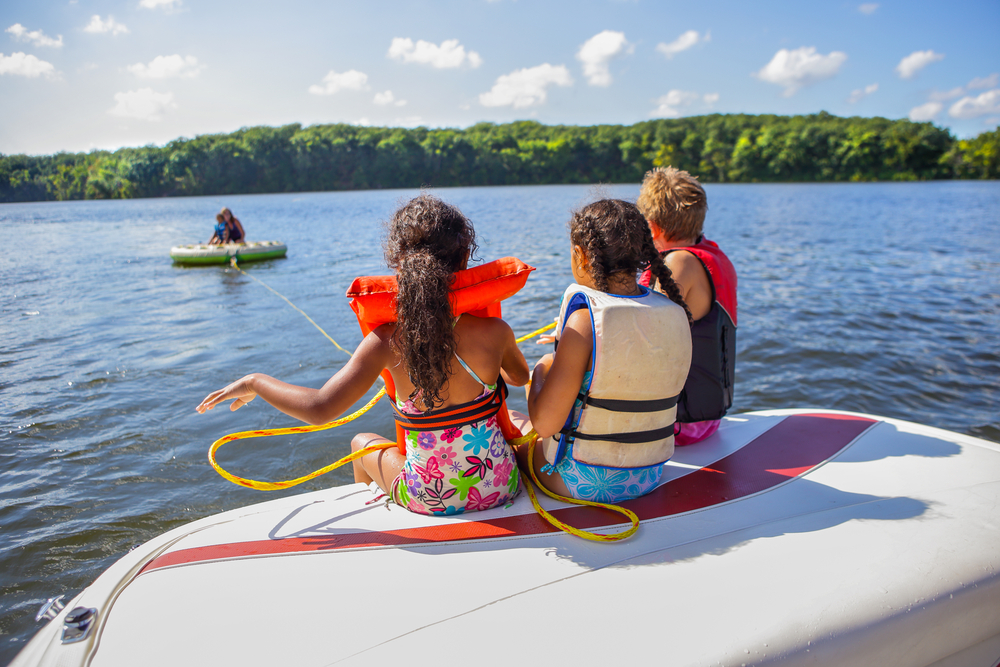There is no doubt that lifejackets save lives. In the event that your boat capsizes or you meet a situation where you have to abandon a vessel, a lifejacket can keep you afloat long enough for rescuers to find you. However, not all lifejackets are the same. Each lifejacket is designed specifically for different purposes, as well the age, weight, and size of the wearer. As such, it’s important that you know exactly what to look for when stocking your vessel with a lifejacket.
Choosing a Lifejacket
Here are some of the different types of lifejacket you can choose from:
Level 100
Worn in open waters, a Level 100 lifejacket is required for offshore use. It can be worn when fishing, boating, kayaking, and canoeing in all waters, including partially smooth and smooth waters, but not when water skiing, tubing, or riding a PWC. It is designed to keep your face up in a floating position when in calm waters.
Level 50
You can wear a Level 50 lifejacket in partially smooth and smooth waters while fishing, boating, sailing, kayaking, canoeing, windsurfing, water skiing, tubing or riding a PWC. While it may not be able to rotate you to keep your face up in the water, it will return you to the surface.
Level 50 Special Purposes (50S)
Level 50S lifejackets are not suitable for use beyond smooth waters. However, you can wear it when fishing, boating, sailing, kayaking, canoeing, windsurfing, water skiing, tubing or riding a PWC. Like Level 50, it may not be able to rotate you to keep your face up, but it will return you to the surface of the water.
Inflatable Lifejackets
Inflatable lifejackets can be worn in different waters allowed by their buoyancy levels. It can be worn when fishing, boating, kayaking, canoeing and sailing, but not when water skiing, tubing, or riding a PWC. To ensure your safety, inflatable lifejackets should be inflated by gas.
Does Your Lifejacket Fit?
Always make sure that the lifejacket you purchase fits you. Choose one that is suited for your weight range and ensure that it fits you snugly without riding up on your body or being confining. Also, see to it that the jacket’s neck section or collar doesn’t sit up around your head.
Servicing Inflatable Lifejackets
If you’re going to purchase an inflatable lifejacket, make sure that you have them serviced at least every 12 months or at longer intervals as recommended by the manufacturer. This is to keep the lifejackets in good condition, ensuring that they won’t fail you in the case of an emergency.
If you need any advice on which lifejacket is right for you or boat safety in general, please don’t hesitate to get in touch with Sussex Marine.


